Best astrophotos of the week: meet the Supermoon, the Lagoon and Bubble nebulae and more!
2nd Feb 2024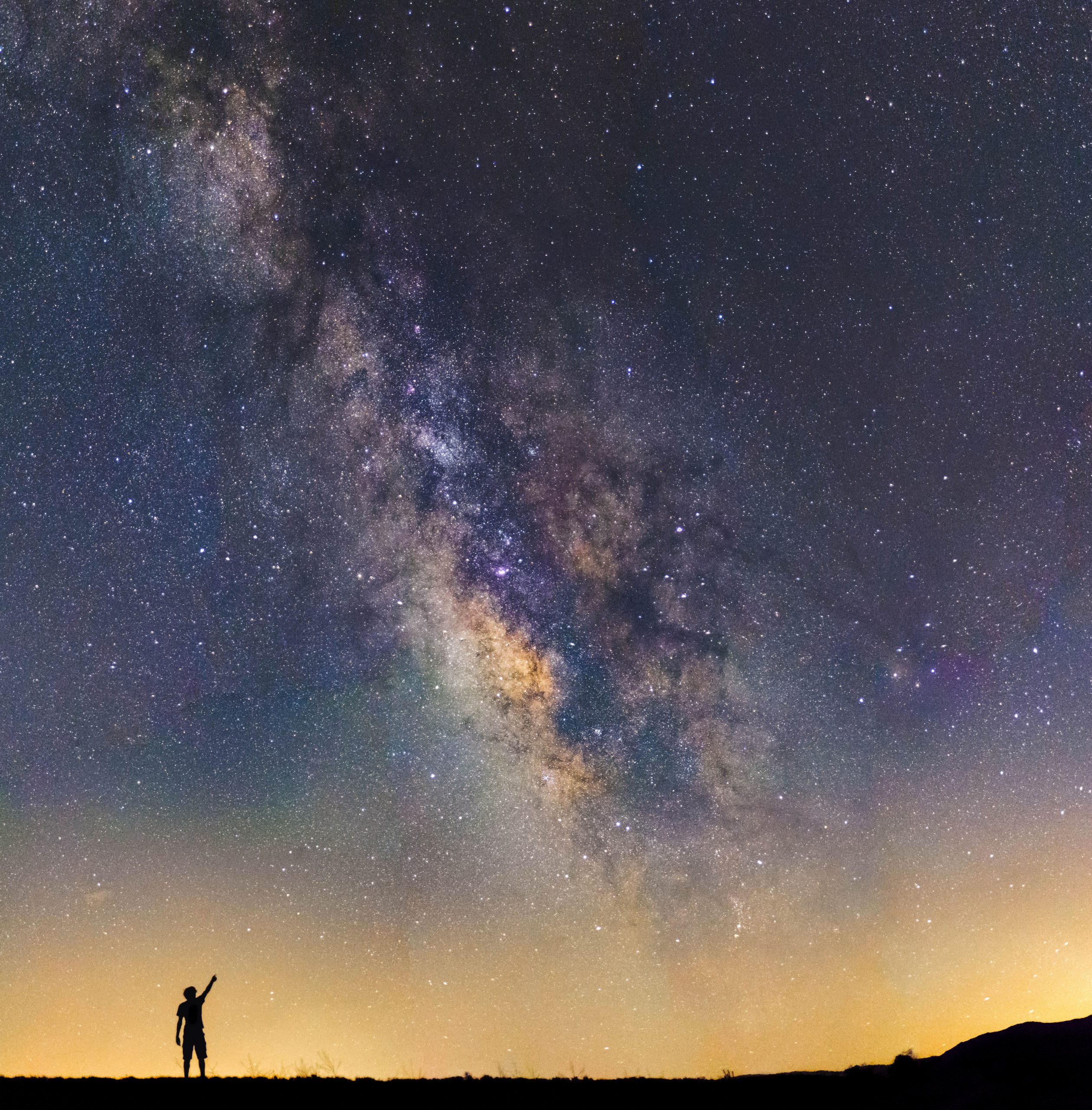
Welcome to another collection of “Best Astrophotos of the Week“, where we embark on a cosmic journey through the lens of passionate amateur astronomers from social media!
In our quest to bring you the most awe-inspiring snapshots from space, we’re thrilled to present a fresh collection of celestial marvels such as the ethereal Bubble Nebula, the captivating Lagoon Nebula, the celestial spectacle of the Supermoon, and more!
The Cygnus Loop by Fred Herrmann
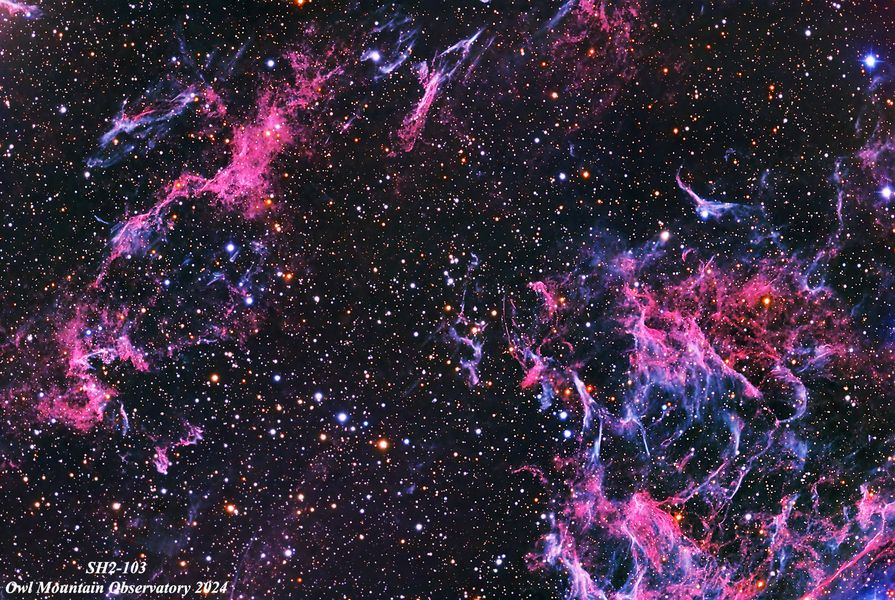
Image Credit: Fred Herrmann
This week, we were obsessed with Fred Herrmann’s astrophoto revealing the spectacle of the Cygnus Loop. The Cygnus Loop is situated in the cognominal constellation Cygnus. This intricate structure originates from the remnants of a colossal stellar explosion, where a massive star met its dramatic demise in a supernova event. The aftermath of this cosmic spectacle has given rise to the Cygnus Loop, a sprawling nebula that gracefully sprawls across the celestial canvas.
Supermoon on the St. Louis, Arch by Domenico (@AvatarDomy)
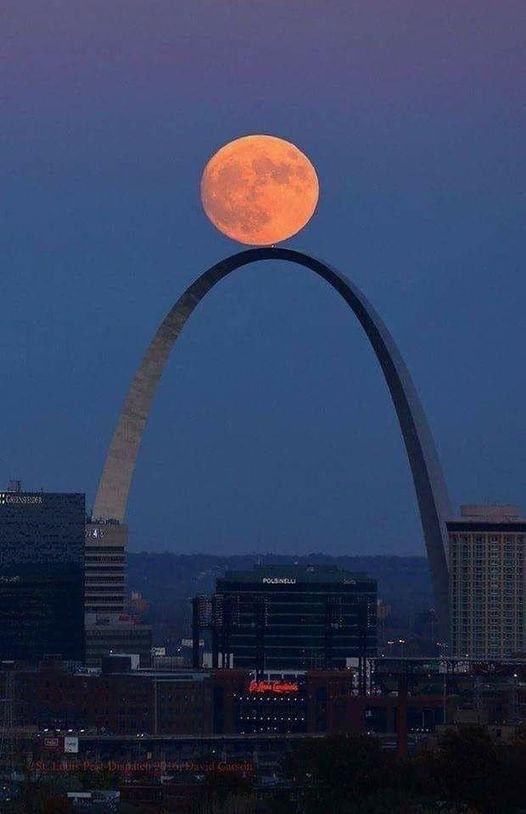
Image Credit: Domenico
Prepare to be enchanted by the Supermoon gracing the iconic St. Louis Arch! The natural satellite takes centre stage in this astrophoto, casting its radiant glow upon the architectural marvel below. Domenico’s lens skillfully makes a breathtaking fusion of lunar luminance and human creation!
Bubble Nebula by Dean Linic
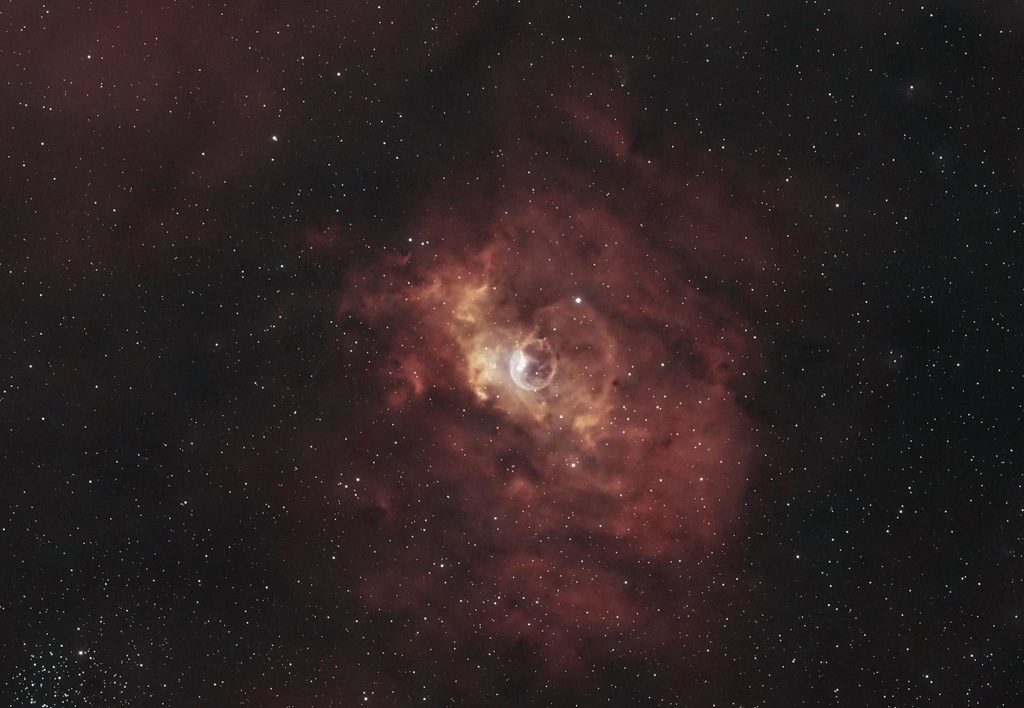
Image Credit: Dean Linic
Situated within the constellation Cassiopeia, the Bubble Nebula, also known as NGC 7635, unveils a celestial nursery where new stars come to life. This stunning emission nebula gets its name from the delicate bubble-like structures formed by stellar winds and intense ultraviolet radiation interacting with the surrounding interstellar medium. A gorgeous interplay of cosmic forces that shape the stellar landscape!
Carinae Nebula by @AstronoPunk
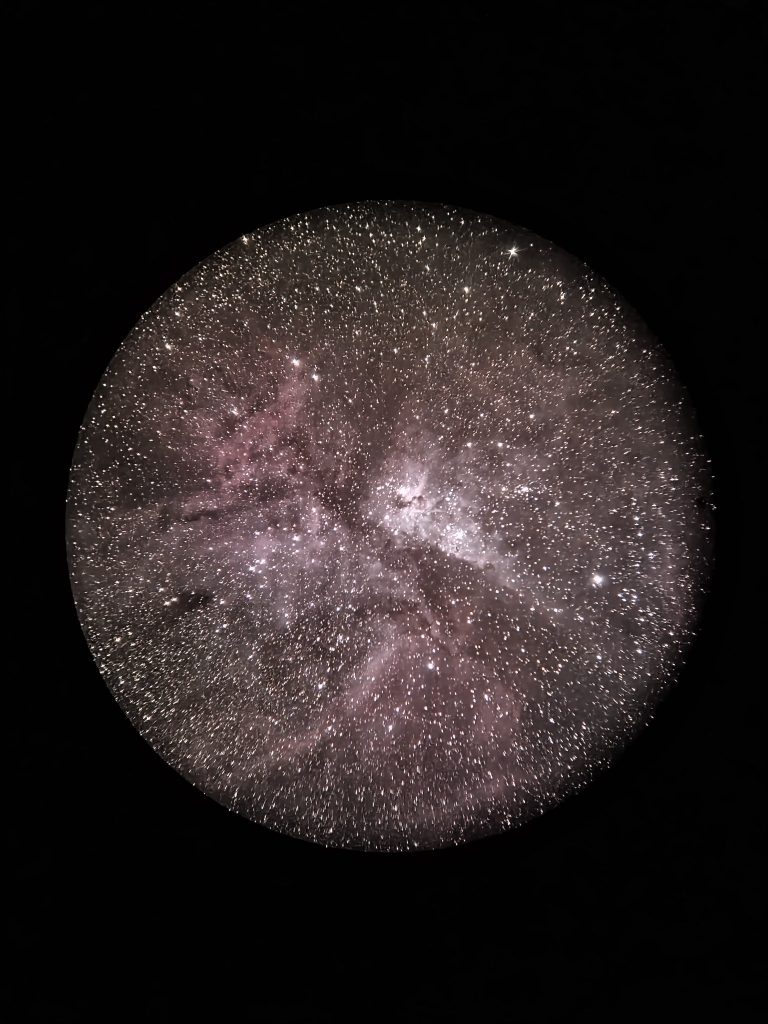
Image Credit: @AstronoPunk
Another vast stellar nursery, the Carinae Nebula, is a hotbed of stellar activity, hosting the birth and evolution of massive stars. In this stunning image, the luminous pillars and colourful clouds within the nebula come to life, creating a great display of cosmic artistry!
Adrian Morar’s Pinwheel Galaxy
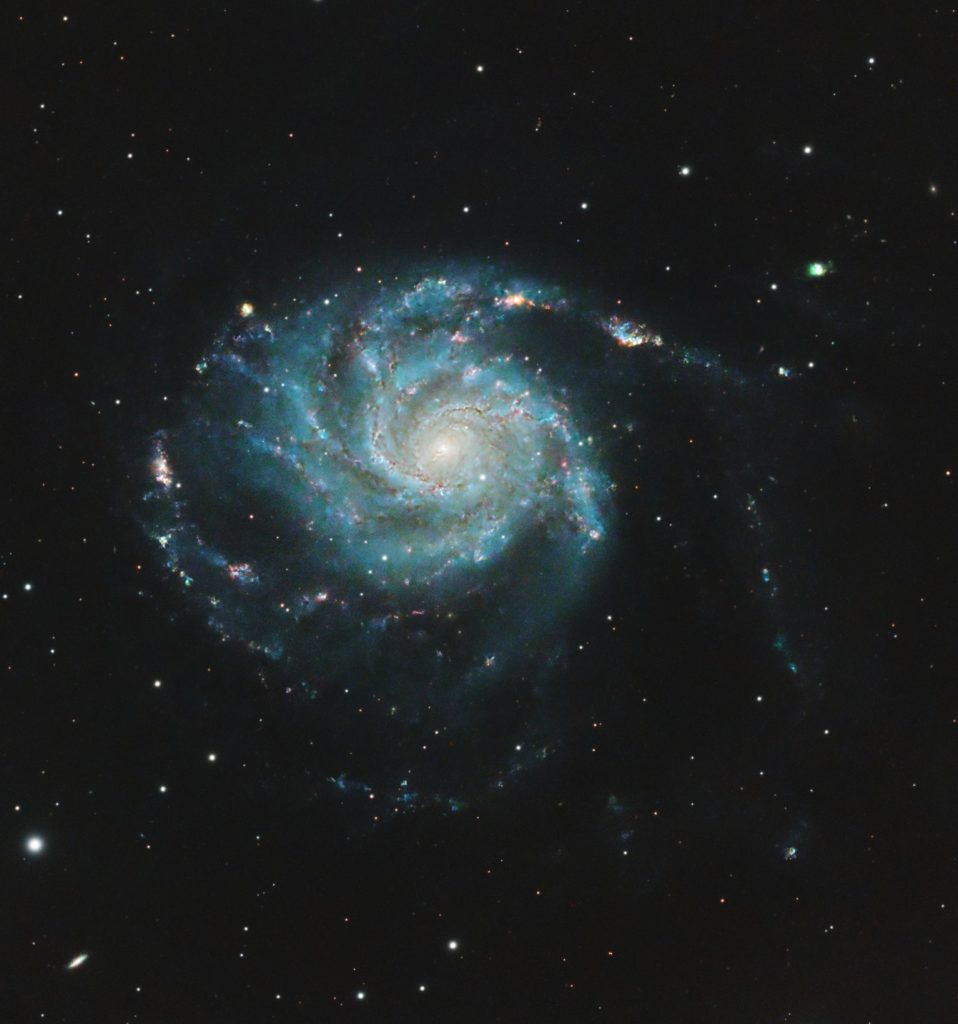
Image Credit: Adrian Morar
The Pinwheel Galaxy, officially known as Messier 101, is located in the constellation Ursa Major. Measuring about 170,000 light-years in diameter, the Pinwheel Galaxy boasts sprawling, well-defined spiral arms adorned with regions of star-forming activity, stellar clusters, and intricate dust lanes. Its prominent appearance and striking symmetry make it a favorite among skygazers and astrophotographers alike!
Julio Maiz’s Comet Leonard
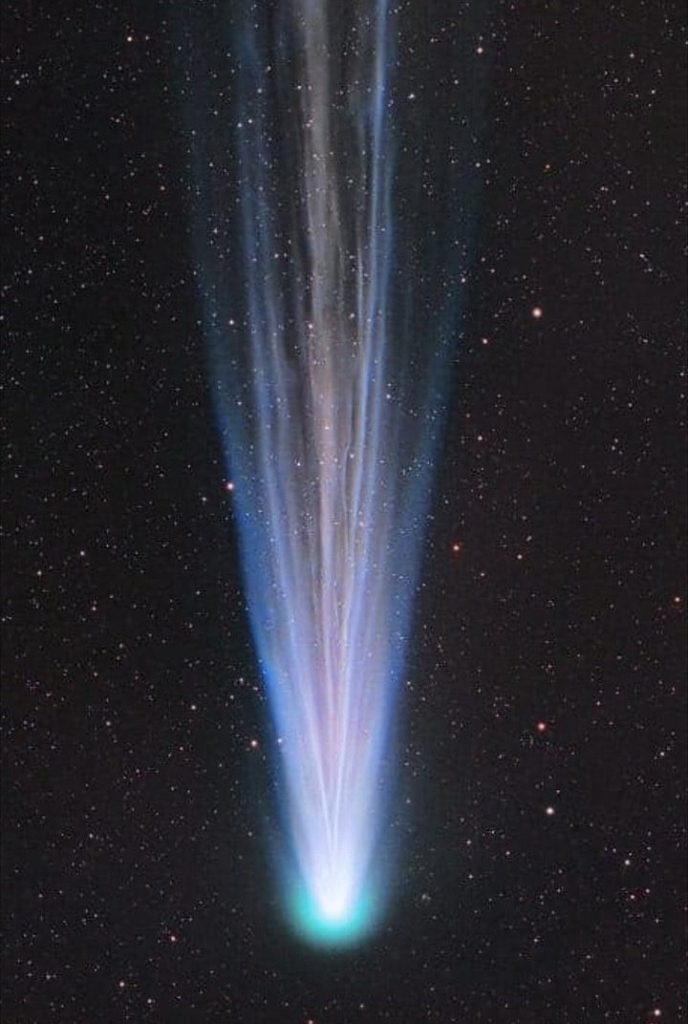
Image Credit: Julio Maiz
Join us in welcoming a celestial newcomer to our collection – the spectacular Comet Leonard! This comet, officially designated C/2021 A1 (Leonard), graces our skies with its luminous tail and celestial presence. As it journeys through the solar system, it becomes a captivating subject for astronomers, offering a rare glimpse of its unique trajectory and characteristics.
Orion and Running Man nebulae by Mathew Taylor
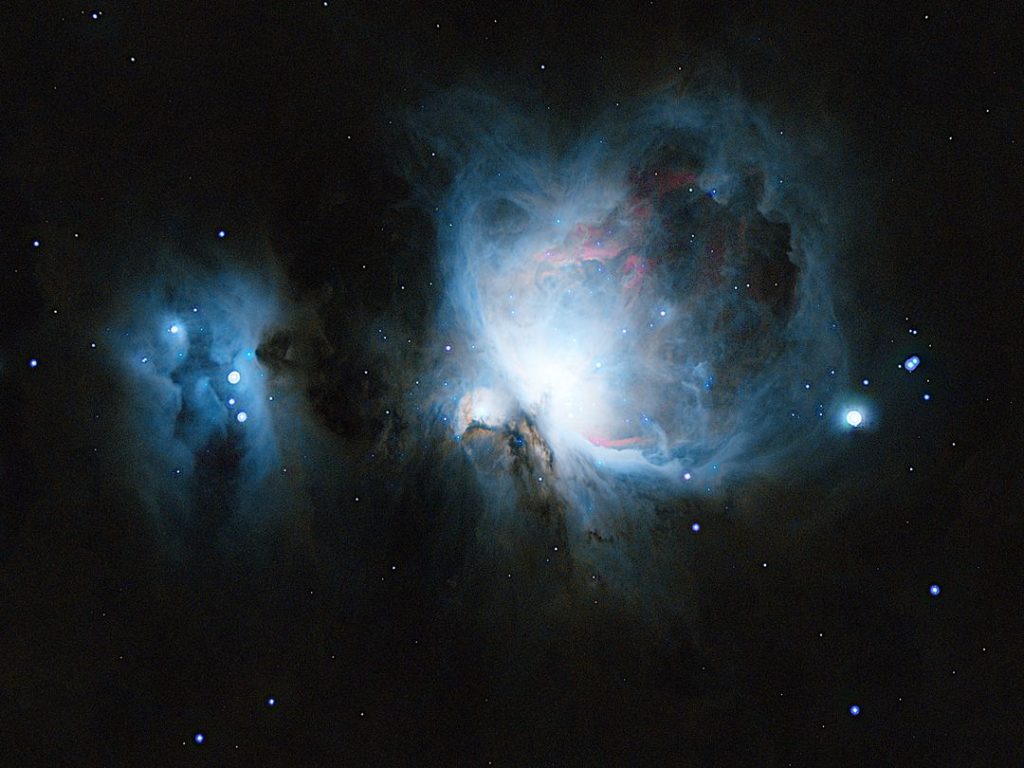
Image Credit: Mathew Taylor
This celestial duo, situated in the iconic constellation Orion, paints a mesmerizing tableau of interstellar clouds and cosmic dust. The Orion Nebula is an often guest in our collection, so let us tell a bit about the Running Man Nebula. It is officially known as NGC 1977. The nebula’s distinctive features have earned it the moniker “Running Man” due to the illusion of a figure in motion within its radiant structure. Can you see it?
Kat Miller’s Lagoon Nebula
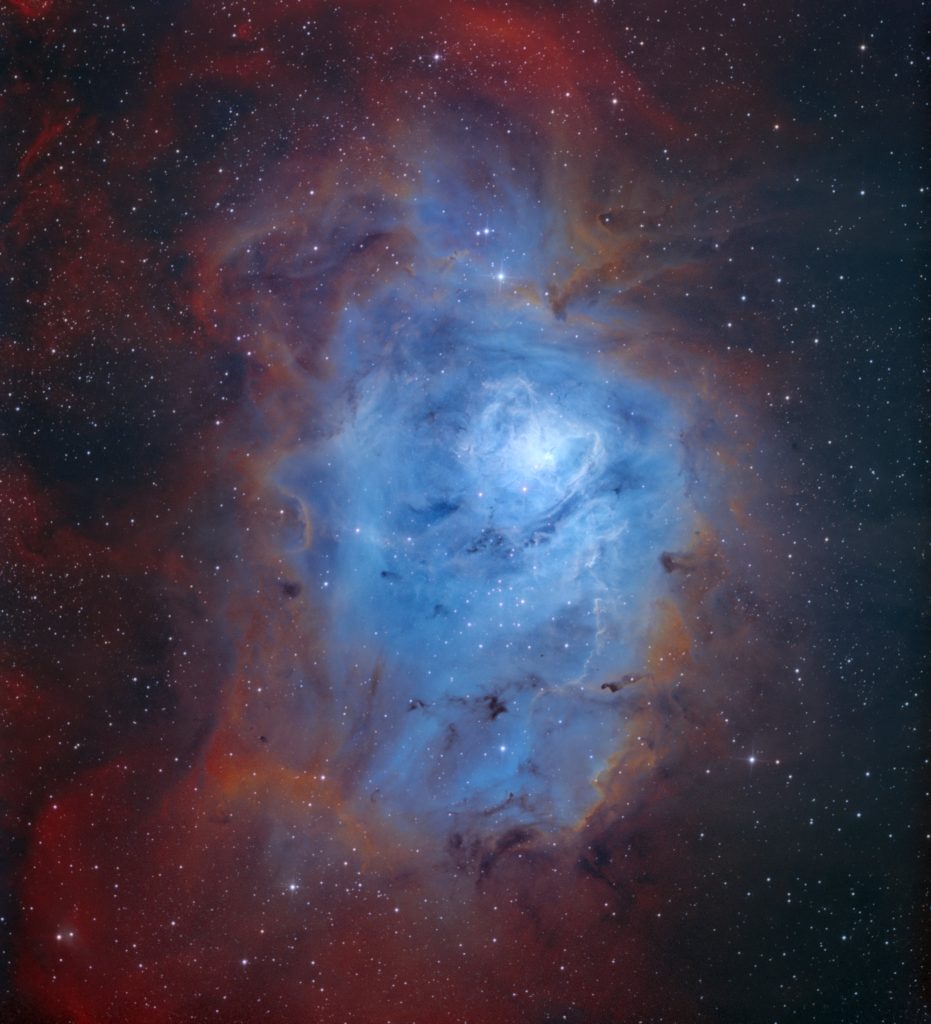
Image Credit: Kat Miller
The Lagoon Nebula is a nebulous expanse situated in the constellation Sagittarius. This cosmic masterpiece, often catalogued as Messier 8 (M8), unfolds as a colossal cloud of interstellar gas and dust, intricately illuminated by the radiant glow of newborn stars. The nebula’s name is derived from its vast, lagoon-like appearance, with a central region that resembles a serene body of water surrounded by intricate filaments of cosmic material.
We extend our heartfelt thanks to the dedicated astrophotographers who generously share their celestial masterpieces for our upcoming article! Stay tuned as we prepare to embark on another cosmic journey, guided by the passion of astrophotographic artists!
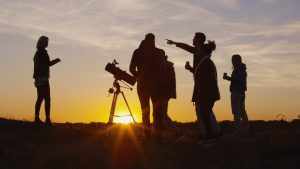



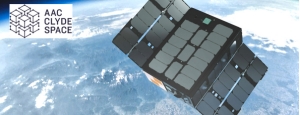
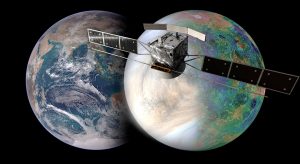
Thank you for your comment! It will be visible on the site after moderation.